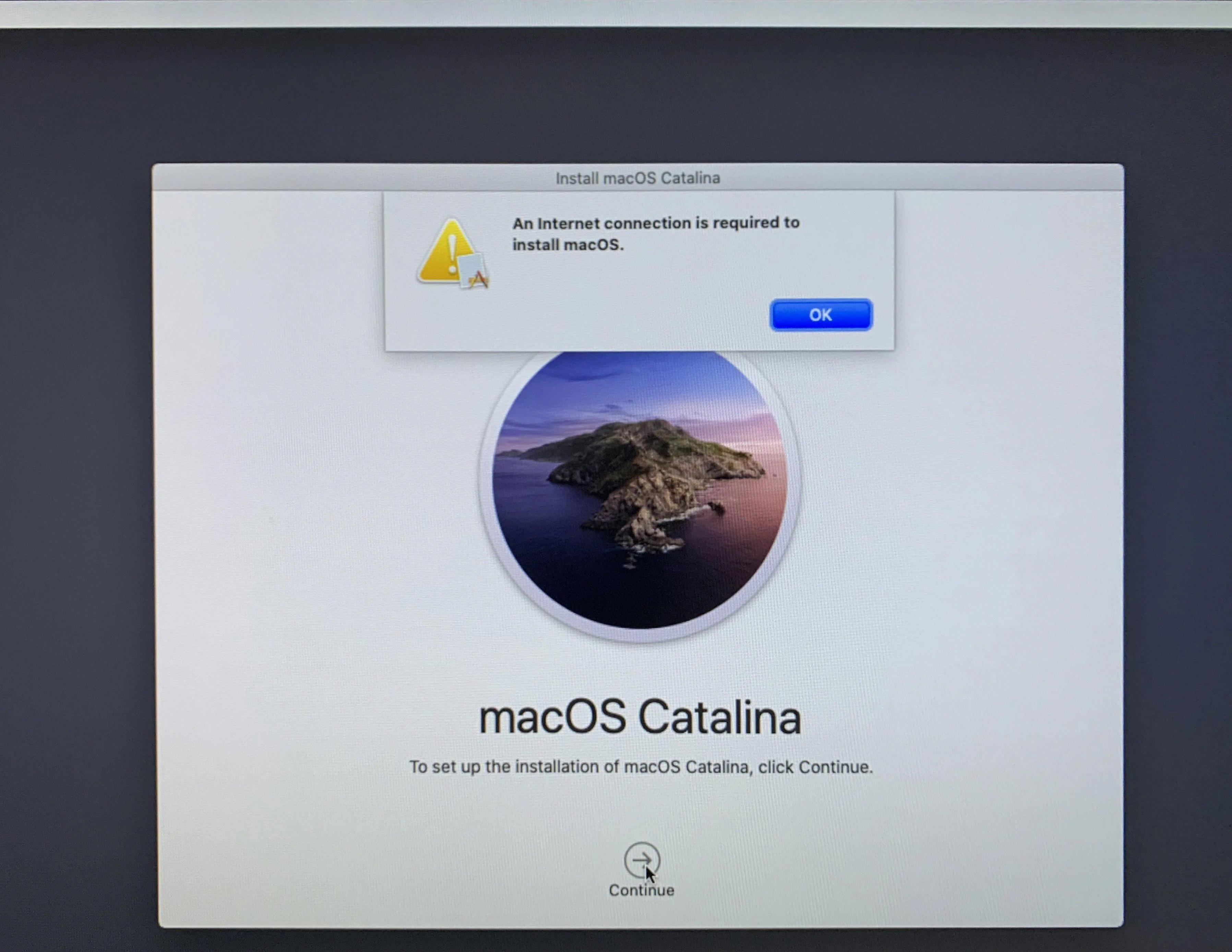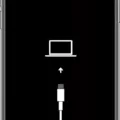MacOS Catalina, the latest operating system from Apple, has brought many new and exciting features to Mac users. However, like any software update, it is not without its issues. One common problem that Catalina users have been experiencing is internet connectivity issues. In this article, we will explore some of the most common internet problems on MacOS Catalina and provide troubleshooting steps to help you resolve them.
Wi-Fi Connectivity Issues:
One of the most frequently reported issues on MacOS Catalina is Wi-Fi connectivity problems. Users have complained about slow internet speeds, frequent disconnections, or the inability to connect to Wi-Fi networks altogether. If you’re facing these problems, try the following steps:
1. Update your Mac: Ensure that your Mac is running the latest version of MacOS Catalina. Apple often releases updates to fix known bugs and issues, including Wi-Fi problems.
2. Disable and re-enable Wi-Fi: Click on the Wi-Fi icon in the menu bar and select “Turn Wi-Fi Off.” Wait for a few seconds and then click on it again to turn it back on. This simple step can sometimes resolve minor connectivity issues.
3. Restart your devices: Restart your Mac, modem, router, and any other networking devices you have. This can help refresh the network connections and potentially resolve any temporary glitches.
4. Create a new network location: Open the Network pane in System Preferences, click on the Location dropdown menu, and select “Edit Locations.” Create a new location by clicking on the “+” button and give it a name. Apply the changes and test your internet connection again.
5. Reset your network settings: In the Network pane of System Preferences, click on the Wi-Fi option on the left sidebar. Then click on the “Advanced” button and select the “TCP/IP” tab. Click on “Renew DHCP Lease” or “Renew DHCP Lease” to reset your network settings.
Ethernet Connectivity Issues:
If you’re using an Ethernet connection and experiencing problems on MacOS Catalina, try the following troubleshooting steps:
1. Check cable connections: Ensure that the Ethernet cable is securely plugged into both your Mac and the router or modem. A loose or damaged cable can cause connectivity issues.
2. Restart your devices: Similar to Wi-Fi connectivity issues, restarting your Mac, modem, and router can help resolve any temporary glitches.
3. Reset network settings: Open the Network pane in System Preferences and select the Ethernet option on the left sidebar. Click on the “Advanced” button and choose the “Hardware” tab. Click on “Renew DHCP Lease” to reset your network settings.
Overall Performance Issues:
In addition to specific internet connectivity problems, some users have reported overall performance issues on MacOS Catalina. If your Mac is running slower than usual after updating to Catalina, try the following steps:
1. Update your apps: Make sure all your apps are up to date. Developers often release updates to optimize their software for new operating systems.
2. Clear cache and temporary files: Use a utility like CleanMyMac or Disk Cleanup to remove unnecessary files and clear cache. This can help improve overall system performance.
3. Reduce startup items: Go to System Preferences and open the Users & Groups pane. Click on your username, then select the “Login Items” tab. Remove any unnecessary apps from the list to reduce the number of programs that launch at startup.
While MacOS Catalina has introduced several new features and improvements, it is not immune to internet connectivity and performance issues. By following the troubleshooting steps outlined in this article, you can resolve common internet problems and improve the overall performance of your Mac. Remember to keep your Mac and apps updated, restart your devices, and reset network settings if necessary.
How Do You Fix Your Mac Catalina WiFi Problem?
To fix your Mac Catalina Wi-Fi problem, you can follow these steps:
1. Update your Mac: Check if there is an update available for your Mac. Apple regularly releases software updates that may include bug fixes and improvements, including Wi-Fi-related issues. To update your Mac, go to the Apple menu, select “System Preferences,” and then click on “Software Update.” If an update is available, follow the on-screen instructions to install it.
2. Disable and re-enable Wi-Fi: Sometimes, simply turning off and on the Wi-Fi connection can help resolve connectivity issues. To do this, click on the Wi-Fi icon in the menu bar (usually located at the top right corner of your screen), and select “Turn Wi-Fi Off.” Wait for a few seconds, and then click on the Wi-Fi icon again and choose “Turn Wi-Fi On.”
3. Restart everything: Restarting your Mac, Wi-Fi router, and modem can often resolve connectivity problems. Start by shutting down your Mac, and then unplug your Wi-Fi router and modem from the power source. Wait for about 30 seconds, and then plug them back in. Once they have restarted, turn on your Mac and try connecting to Wi-Fi again.
4. Create a new network location: Sometimes, network settings can get corrupted, causing Wi-Fi issues. Creating a new network location can help resolve this. Here’s how:
– Go to the Apple menu, select “System Preferences,” and then click on “Network.”
– In the Network preferences window, click on the “Location” dropdown menu and select “Edit Locations.”
– Click on the “+” button to create a new location, and give it a name.
– Select the new location from the list, and click on the “Apply” button to save the changes.
– Try connecting to Wi-Fi again.
5. Reset the Wi-Fi hardware: If none of the above steps work, you can try resetting the Wi-Fi hardware. This involves resetting the SMC (System Management Controller) and NVRAM (Non-Volatile Random-Access Memory). The process for resetting these varies depending on the model of your Mac. You can refer to Apple’s support documentation or contact Apple Support for specific instructions for your Mac model.
Remember, if you continue to experience Wi-Fi problems on your Mac Catalina, it’s always a good idea to reach out to Apple Support or consult a professional for further assistance.

Why is Your Mac Having Internet Issues?
There can be several reasons why your Mac is experiencing internet issues. Here are some possible causes and troubleshooting steps you can take to resolve the problem:
1. Network connectivity: Check if your Mac is connected to a stable network. Ensure that your Wi-Fi router or Ethernet cable is properly connected and functioning. Verify that other devices can connect to the internet on the same network.
2. Network settings: Review your Mac’s network settings to make sure they are configured correctly. Go to System Preferences > Network and check if the correct network interface is selected (Wi-Fi or Ethernet). Ensure that the settings such as IP address, subnet mask, and DNS servers are set to obtain automatically, or manually configured if necessary.
3. Wi-Fi signal strength: If you are using Wi-Fi, check the signal strength on your Mac. Move closer to the Wi-Fi router or try connecting to a different network if the signal is weak. Consider using a Wi-Fi range extender or relocating your router for better coverage.
4. Software updates: Ensure that your Mac’s operating system and network-related software are up to date. Go to the Apple menu > About This Mac > Software Update to check for any available updates. Install them if necessary.
5. DNS cache: Clearing the DNS cache on your Mac can help resolve network-related issues. Open the Terminal application (located in Applications > Utilities) and enter the command “sudo killall -HUP mDNSResponder” to flush the DNS cache.
6. Firewall and security software: Check if any firewall or security software on your Mac is blocking internet access. Temporarily disable them or adjust their settings to allow network connections.
7. Reset network settings: If none of the above steps work, you can try resetting your Mac’s network settings. Go to System Preferences > Network, select the network interface, and click on the “Advanced” button. From there, choose the “Reset” option to reset network settings to their default configurations.
8. Hardware issues: In rare cases, there might be a hardware problem causing the internet issues. Consider contacting Apple Support or visiting an authorized service provider to diagnose and fix any potential hardware-related problems.
Remember to restart your Mac after making any changes or performing troubleshooting steps. If the problem persists, it might be worth contacting your internet service provider for further assistance.
Are There Any Problems With MacOS Catalina?
There are several known problems or issues that users have reported with macOS Catalina. These include:
1. Compatibility Issues: Some older applications, especially 32-bit apps, may not work properly or may not work at all on macOS Catalina. This is because Catalina only supports 64-bit applications. Therefore, it is important to check the compatibility of your apps before upgrading to Catalina.
2. Performance Issues: Many users have reported that their Mac systems are running slower after upgrading to Catalina. This could be due to various reasons such as high system requirements of Catalina, incompatible software, or background processes consuming excessive resources.
3. Software Incompatibility: Some software, including security or antivirus programs, may not be fully compatible with macOS Catalina. This can lead to issues such as crashes, errors, or system instability.
4. Privacy and Security Concerns: With Catalina, Apple has introduced new privacy and security features, such as increased app permissions and stricter controls on system access. While these features are designed to enhance security, they can also cause inconvenience or compatibility issues with certain apps.
5. Wi-Fi and Bluetooth Connectivity Problems: Some users have reported facing connectivity issues with Wi-Fi and Bluetooth after upgrading to Catalina. This can include slow or intermittent connections, inability to connect to certain devices, or devices not being recognized by the system.
6. iCloud Syncing Issues: Catalina has introduced changes to the iCloud syncing process, which have caused syncing problems for some users. This can result in issues such as missing files, duplicate files, or failed syncs.
7. Battery Drain: Some users have reported experiencing faster battery drain on their MacBooks after upgrading to Catalina. This could be due to various factors, including resource-intensive background processes or compatibility issues with certain apps.
It is important to note that not all users may experience these issues, and Apple regularly releases software updates to address these problems. However, it is always recommended to backup your data before upgrading to a new operating system and to check for compatibility with your essential apps and hardware.
Conclusion
MacOS Catalina has been plagued with various internet connectivity issues for some users. These problems range from Wi-Fi connectivity drops to slow internet speeds.
To resolve these issues, users can try several troubleshooting steps. Firstly, checking for any available software updates is crucial as Apple often releases bug fixes and improvements that can address internet-related problems. Additionally, disabling and re-enabling Wi-Fi can help refresh the connection and potentially resolve any temporary issues.
Restarting all devices, including modems, hubs, and routers, can also be beneficial. Sometimes, these devices can encounter glitches that affect internet performance. By unplugging them for a few minutes and then plugging them back in, users can reset them and potentially resolve any connectivity issues.
It is also important to note that macOS Catalina’s support will end in November 2022, which means it will no longer receive security updates. As a result, it is advisable for users to consider upgrading to a newer version of macOS to ensure continued security and support.
While macOS Catalina may have experienced internet problems for some users, following the troubleshooting steps outlined above can help mitigate these issues and ensure a smoother internet experience.








